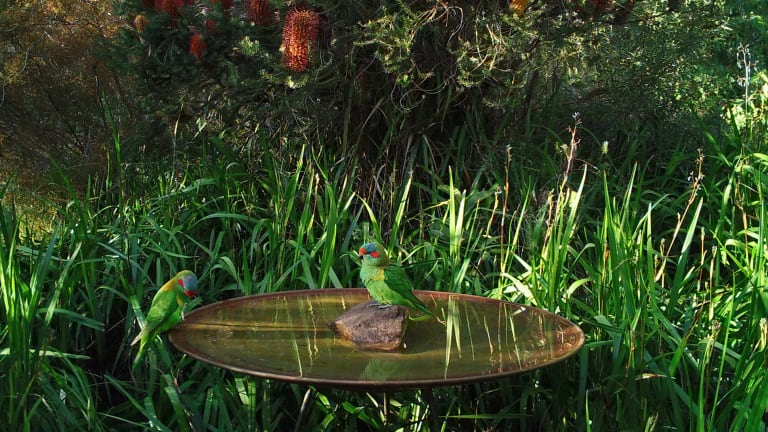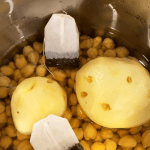The Royal National Park was looking particularly picturesque, not to say gardened, as I drove to Bundeena to meet garden designer Kath Gadd, of Mallee Designs. Flowers of pink and yellow, white and purple sprinkled the dappled shade. Big rocks and the bright green spears of doryanthes provided the kind of structural elements designers rely on for impact. The symmetrical heads of grass trees shimmered in the light and the whole was overhung by silky-trunked angophoras and gnarled old banksias.
It was the perfect prelude: Gadd uses exclusively native plants in her gardens. Not as part of an environmental crusade, she explains, but simply through aesthetic preference and emotional pull. Following studies in permaculture and horticulture, it was a stint at Sydney Wildflower Nursery that provided the epiphany. “I realised that I didn’t need to use plants that didn’t excite me. Everything I wanted to do I could do with native plants.”

Natives, she says, are suited to any kind of garden style, from formal to wildly informal, and especially to the style of the moment, the habitat garden. These are gardens designed specifically to invite in skinks and blue tongues, birds of all sizes, and even possums. “People want to sit out in their gardens and watch critters doing their thing,” she says.
The habitat push led to Gadd’s side-hustle, spun copper birdbaths. Unable to find birdbaths she liked, she designed her own in a range of sizes, all shallow, “like a big puddle”. Birds have bathing preferences. The big perching birds like to dive bomb so prefer a large landing pad on the ground. Small birds want more protection and won’t go near a bath that smells of cat. They prefer baths raised off the ground, surrounded by shrubbery for a quick escape. Gadd chose copper for its good looks and graceful aging, and the unexpected bonus is that the metal makes the water inhospitable for both mosquito larvae and algae.
There are several birdbaths in the Bundeena garden, which winds up a steep slope to the house. Mounds of Casuarina ‘Green Wave’ disguise one boundary, and a hedge of Dodonaea ‘Mr Green Sheen’ is a glossy bright green in both the sun and shade on the other. Gadd is planting more of the large red and orange kangaroo paws that do so well, and at the recent Plant Lovers Fair at Kariong found a new weeping, green-flowered callistemon, C. pinifolius ‘Green’ that will feature on a mounded area near the path. Close to the house existing angophoras have been underplanted with a gang of burrawangs and a stand of doryanthes and within view of the terrace a large copper birdbath awaits a dive-bomb.
[“source=businessinsider”]











